MinuitVF performance in Au+Au 2010
Evaluation code run in stardev
day 40 trigger id 260021
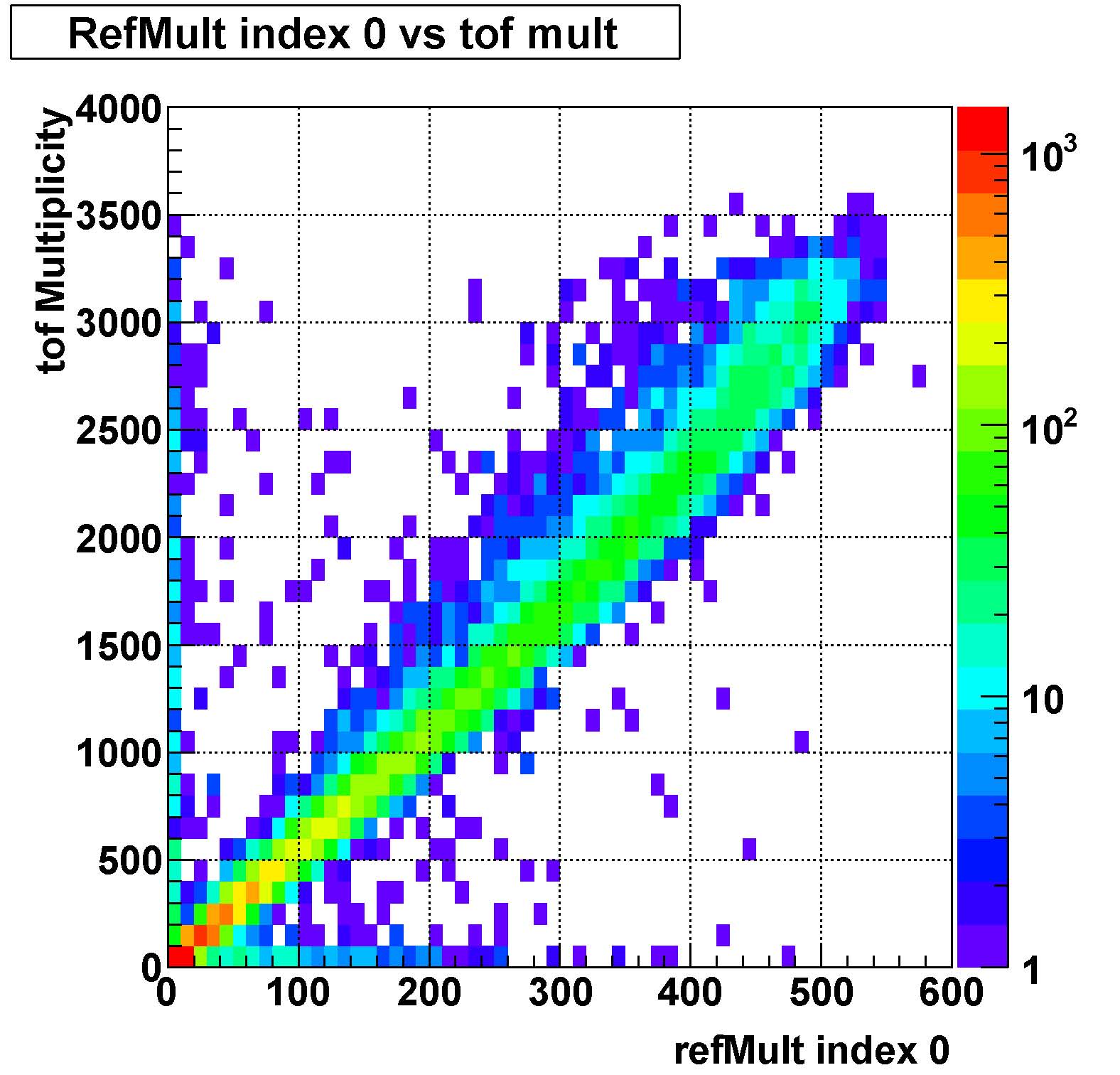
Figure 1: Distribution of refmult associated with vertex index 0 versus the tof multiplicity for events with # vertices > 0. Out of 28489 triggers, 19051 had at least 1 reconstructed vertex. Of those, 242 had refMult < 50 and tofMult > 500 and 261 have refMult > 50 and tofMult < 250.
Dividing the graph up:

Figure 2: This is the same graph as figure 1, with several areas circled. The circles are around roughly 3 classes of events. The leftmost red circle indicates event in which the tof had a high multiplicity, but the vertex finder did not find a vertex with a correspondingly large reference multiplicity. It is my hope that we can gain some of these events back as all 242 have at least 1 more vertex. The lower pink circle indicates events where there was nothing in the tof, but the vertex finder found a high level vertex anyway. It is my belief that these are mostly from out of time pile-up and could be removed by tof matching. The black circle represents an interesting class of events. These are events in which there is a higher tof multiplcity than a gaussian distribution about the line between refmult and tofmult would suggest. My hypothesis is that these events are from within bucket pile-up, as the tof multiplicity would not care which collsion the events were from.
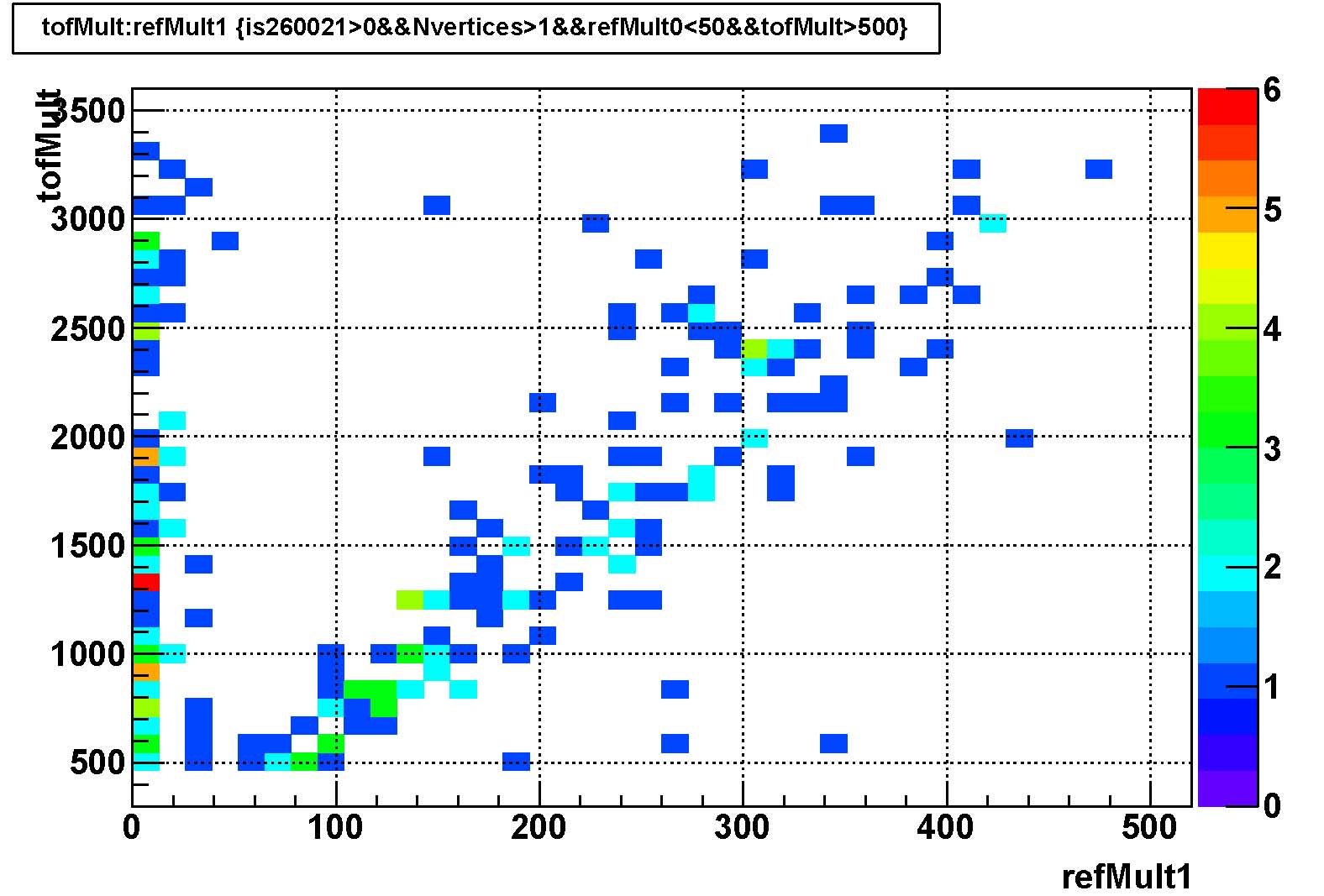
Figure 2: This is a distribution of the refmult associated with vertex index 1 for those events where tofMult > 500 and the vertex index 0 associated refMult was < 50. Out of the 242 events, only 87 of them are still with refMult 1 < 50. So, most of these 242 events are recoverable. All 87 of these events had at least 1 more vertex. So if we repeat the procedure.
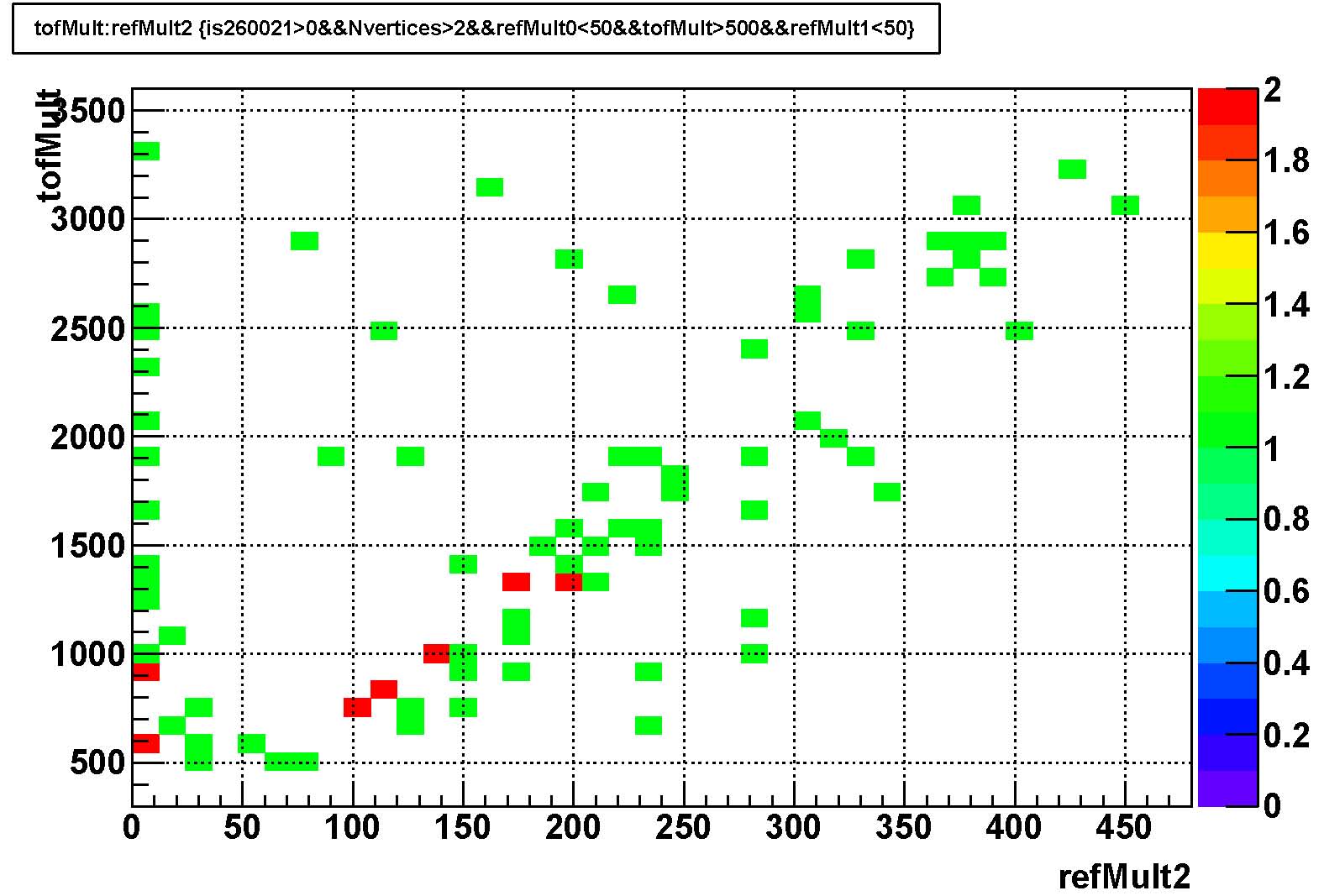
Figure 3: The refMult of the index 2 vertex versus tofMult for the events with refMult0<50 and refMult 1<50. We gain all but 20 back in this case.
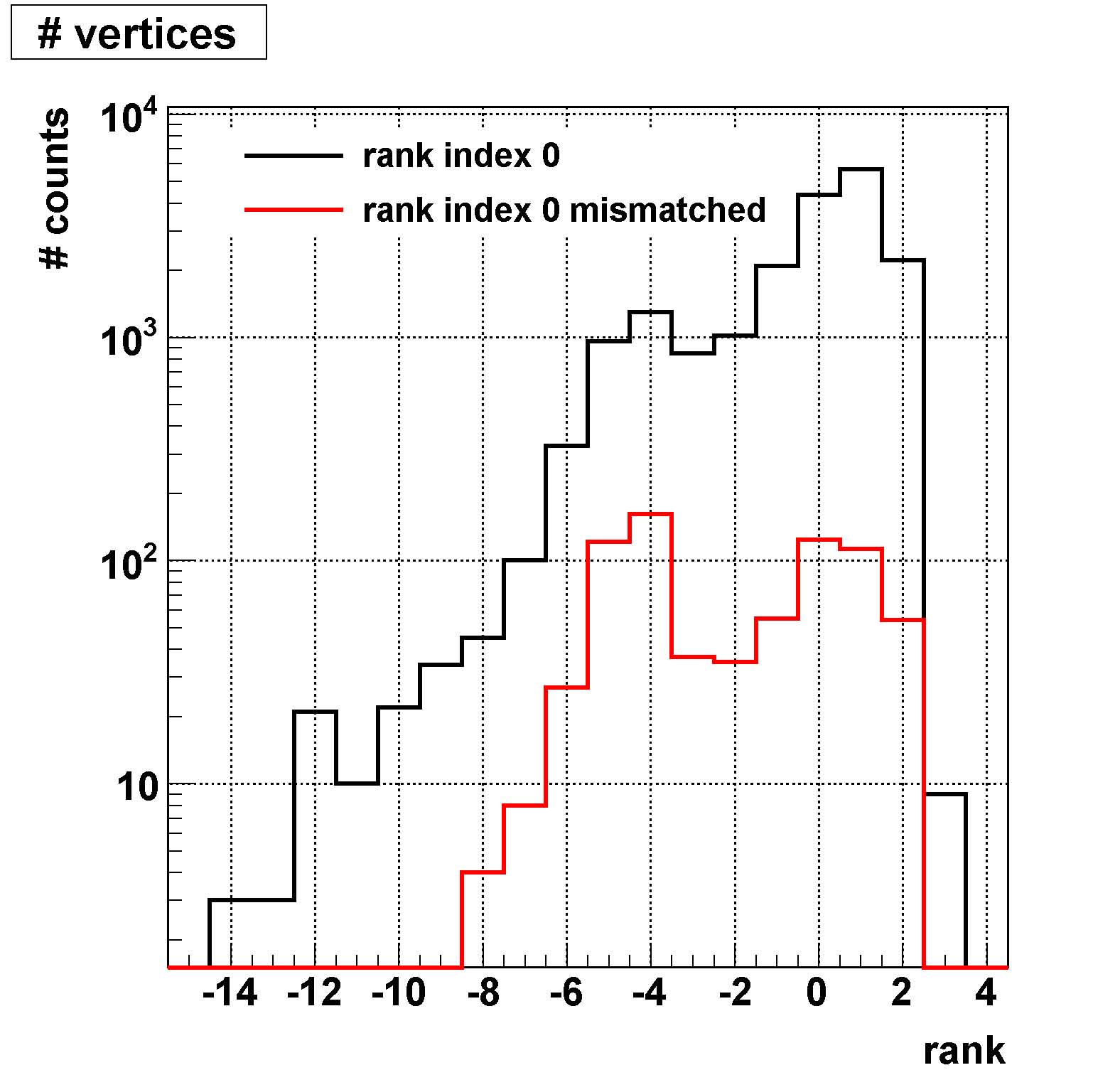
Figure 4: Rank of the index 0 vertex. Red represents those events where tofMult >500 and refMult < 50. It is a little disturbing that some of these vertices are highly ranked. But, if we require matching to fast detectors (other than tof):
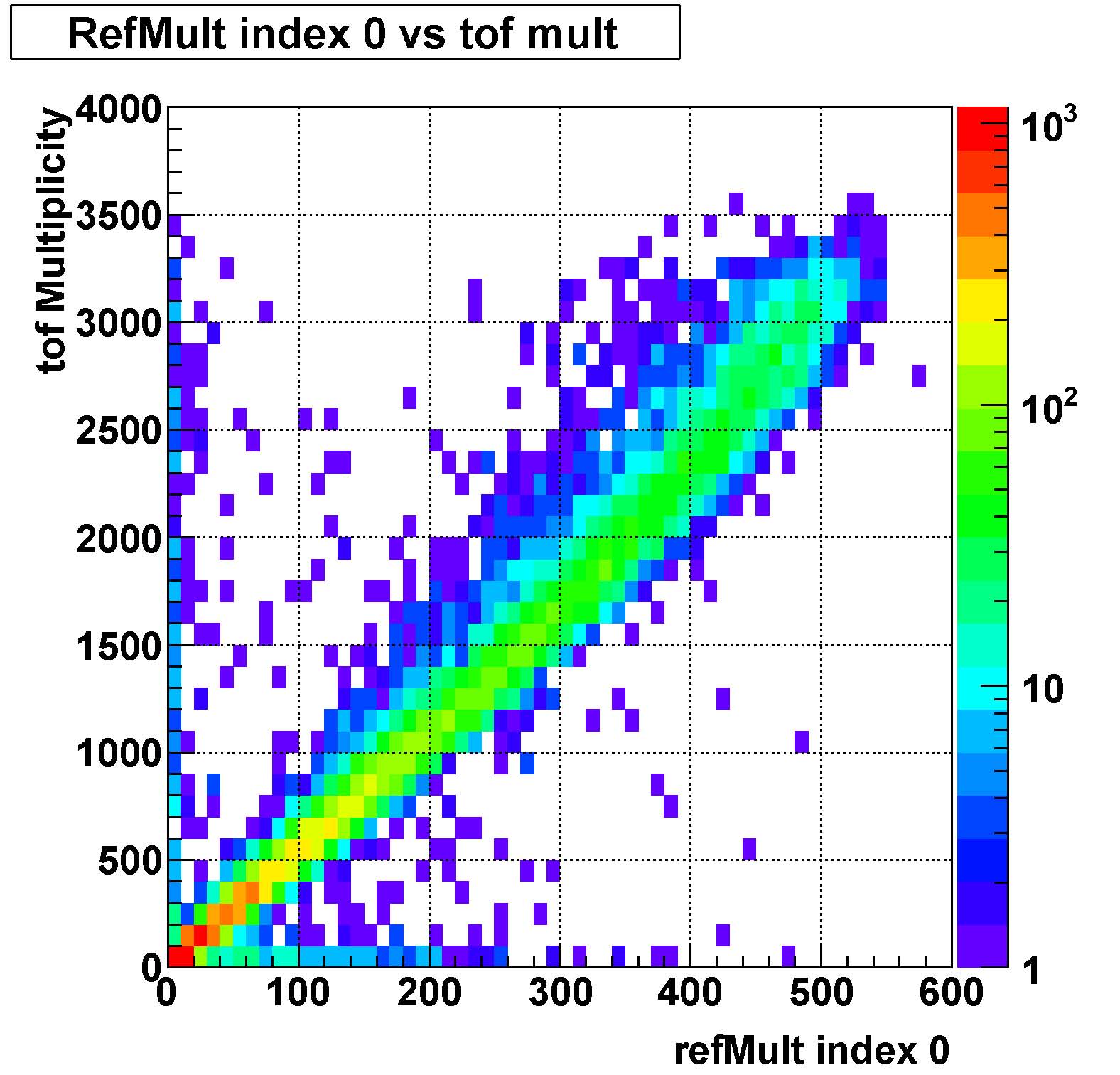
Figure 5: refMult versus tofMult for index 0 vertices with at least 2 tracks matching to fast detectors (BEMC, EEMC, TPC CM). Hmm. It is interesting that this does not remove a larger percentage of the points near each of the axises. Perhaps it will be interesting to see what the distributions look like if we change the weights of these various matchings. However, first the tof needs to be added in.
For another independent check of the vertex position, I attempted to use the vpd and bbc. However, things don't look right:
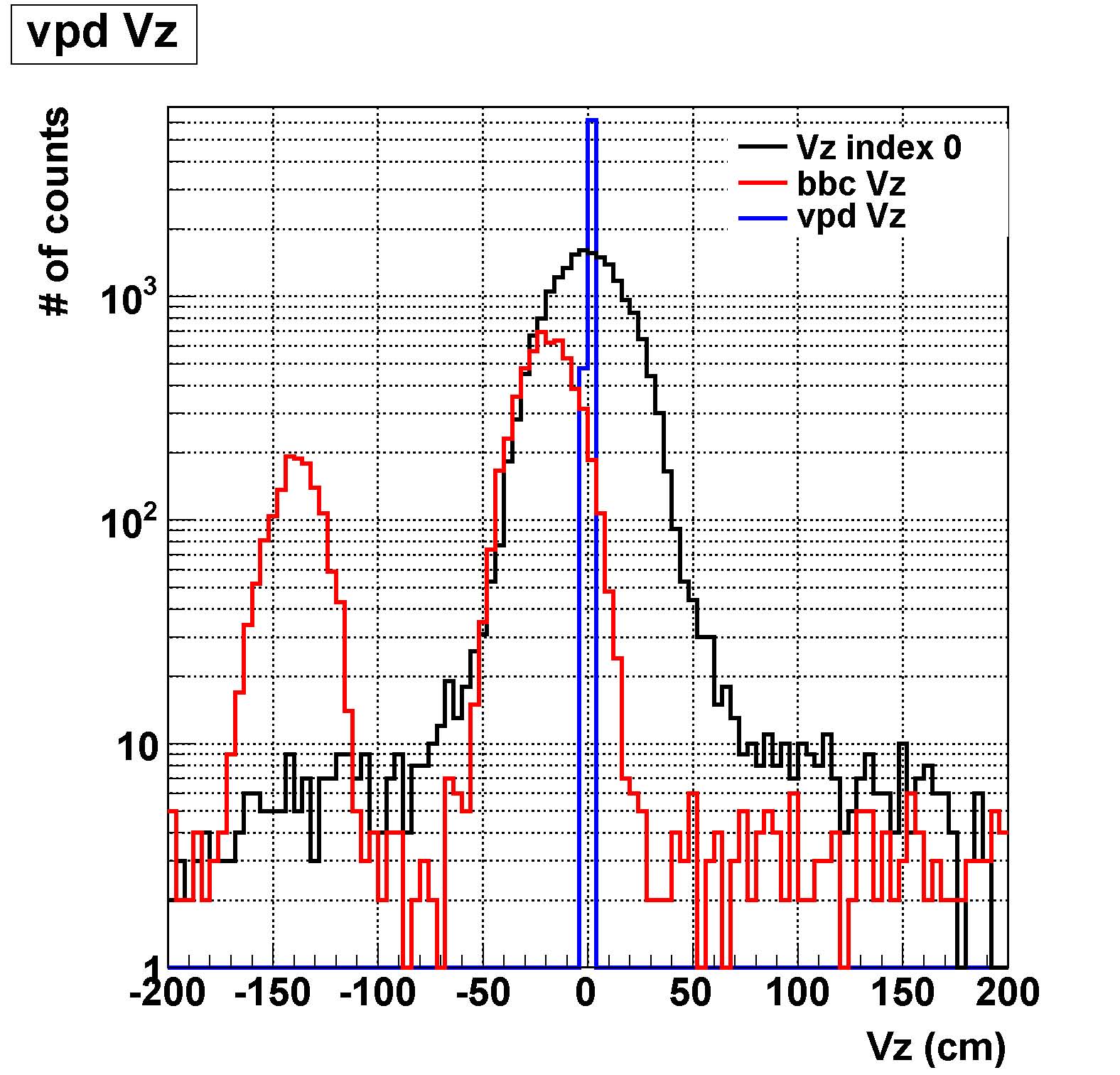
Figure 6: Vz distributions of various detectors. The black is the Vz position of the index 0 vertex. The blue is the vpd vz. The red is the bbc vz.
Is the vpd vz really this narrow? I'm awfully suspicious. I also have no idea what the second hump of the bbc does. If I look at bbc Vz versus tpc Vz I get the following strange distributions:
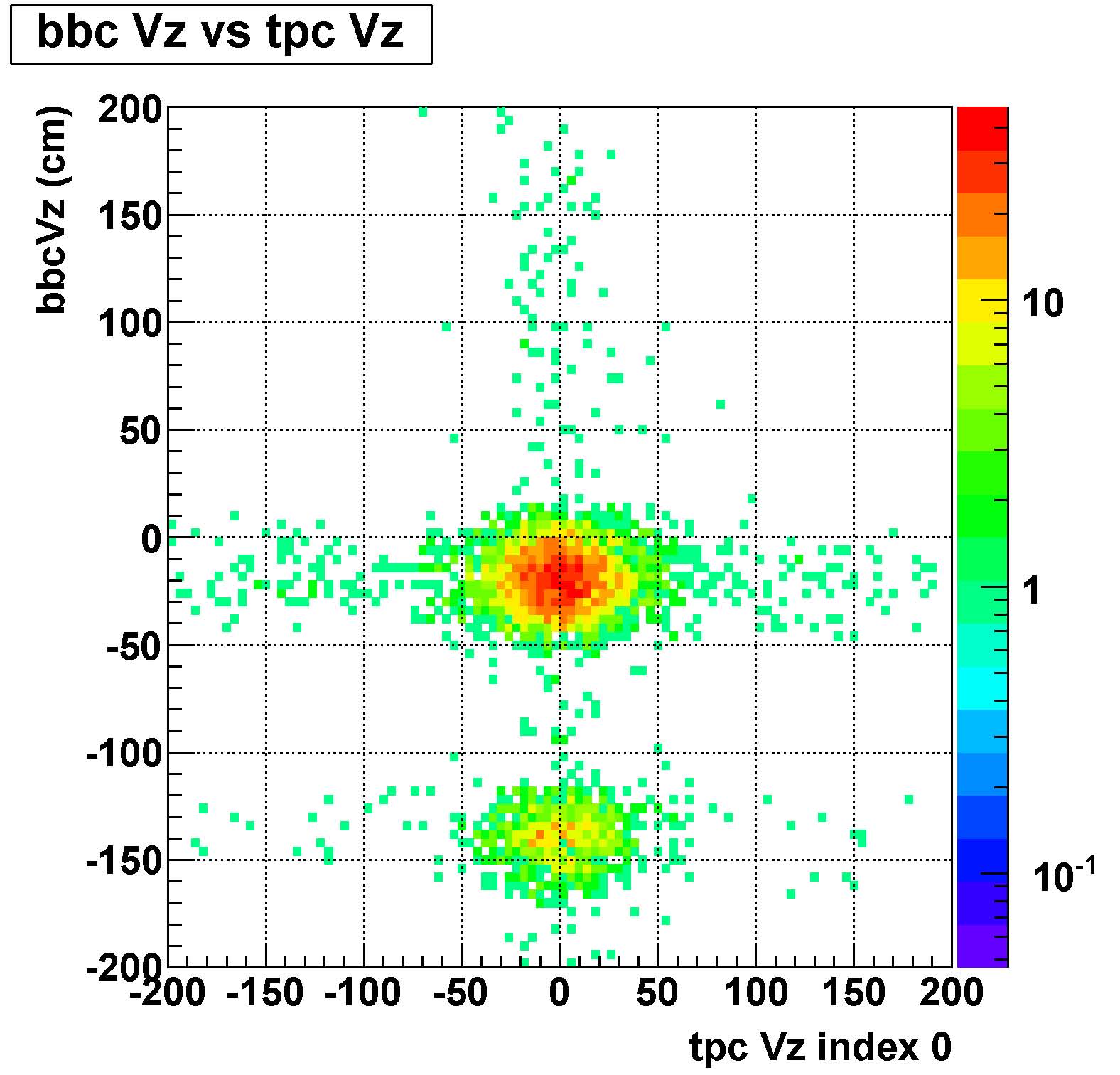
Figure 7: tpc Vz index 0 versus bbc Vz. I'm worried that we don't see any correlation in the spot about 0, and the secondly spot is worrisome as well. I suppose if there was only the 1 about z = 0, we could argue that the resolution of the bbc is so wide that we can not see the correlation.
THere is a lot more work to be done, this is just a small taste.
- rjreed's blog
- Login or register to post comments
